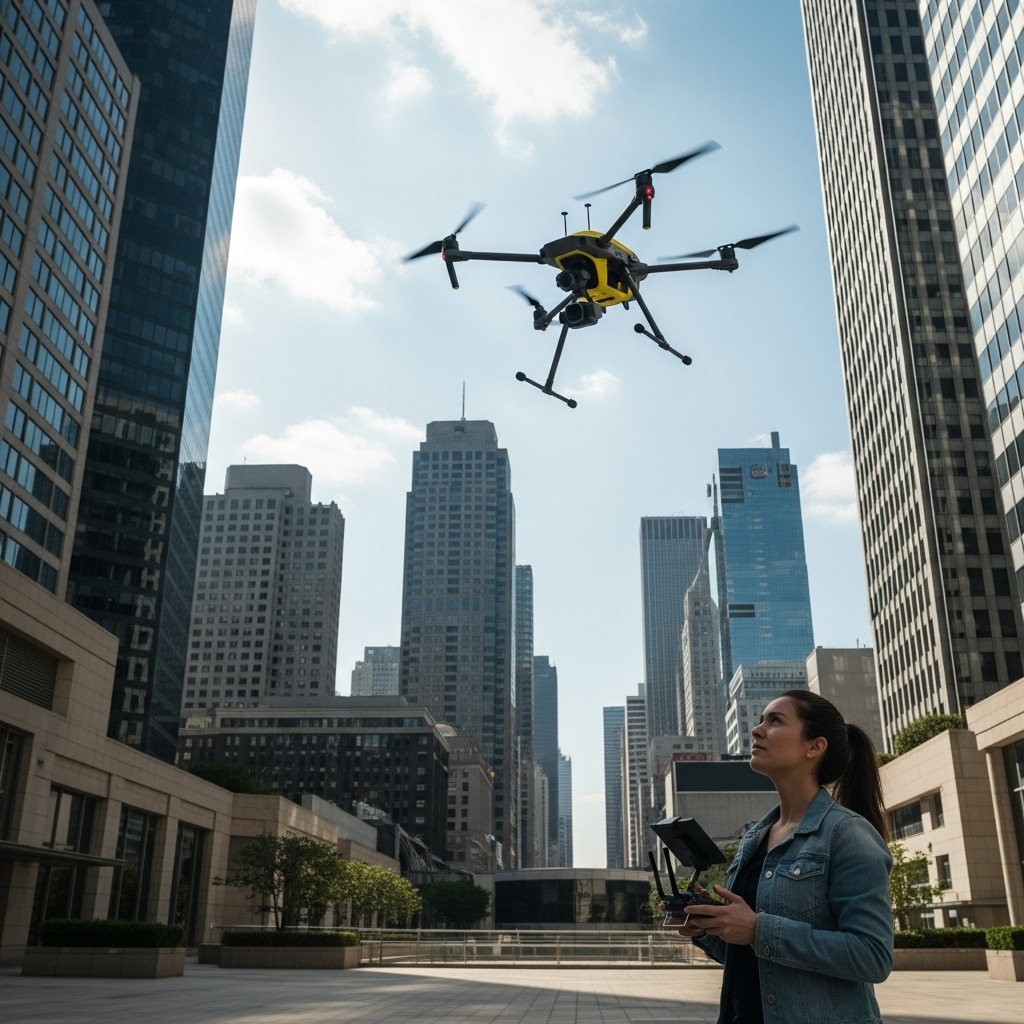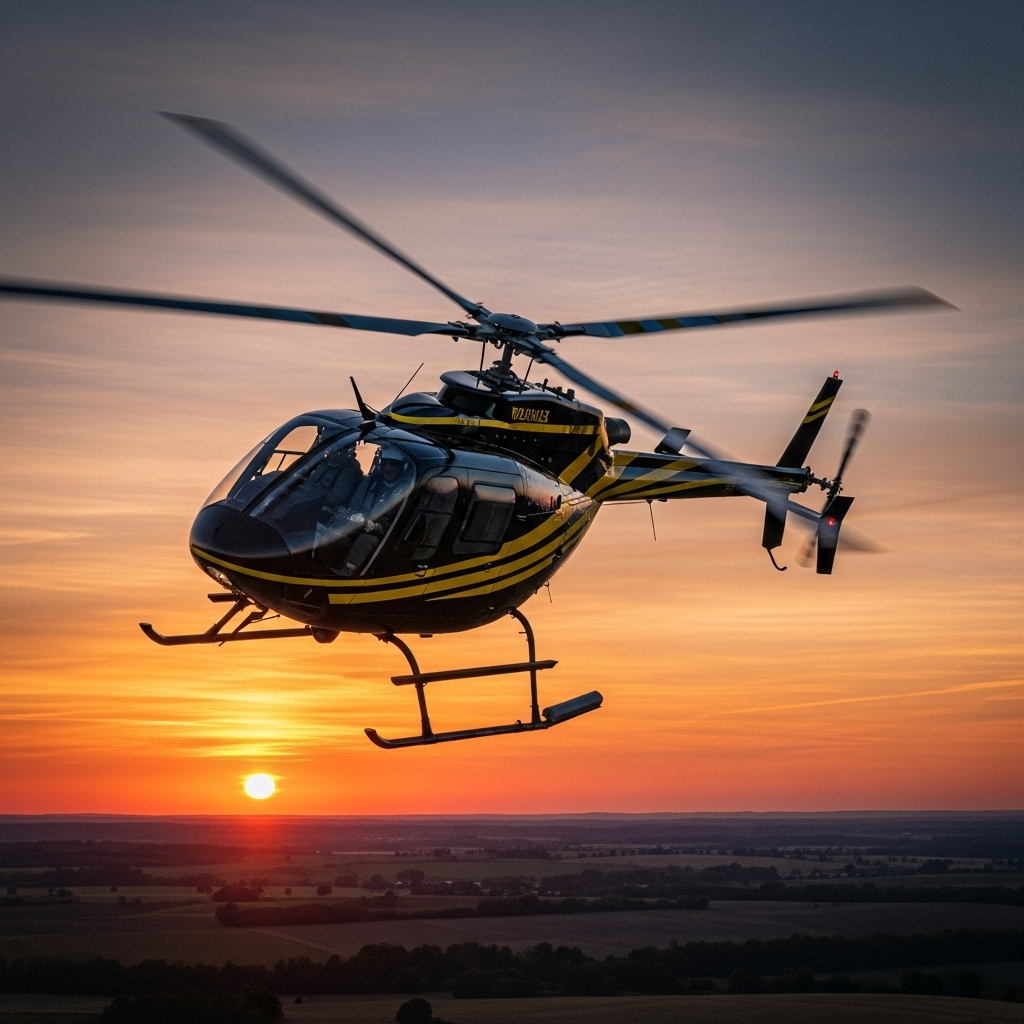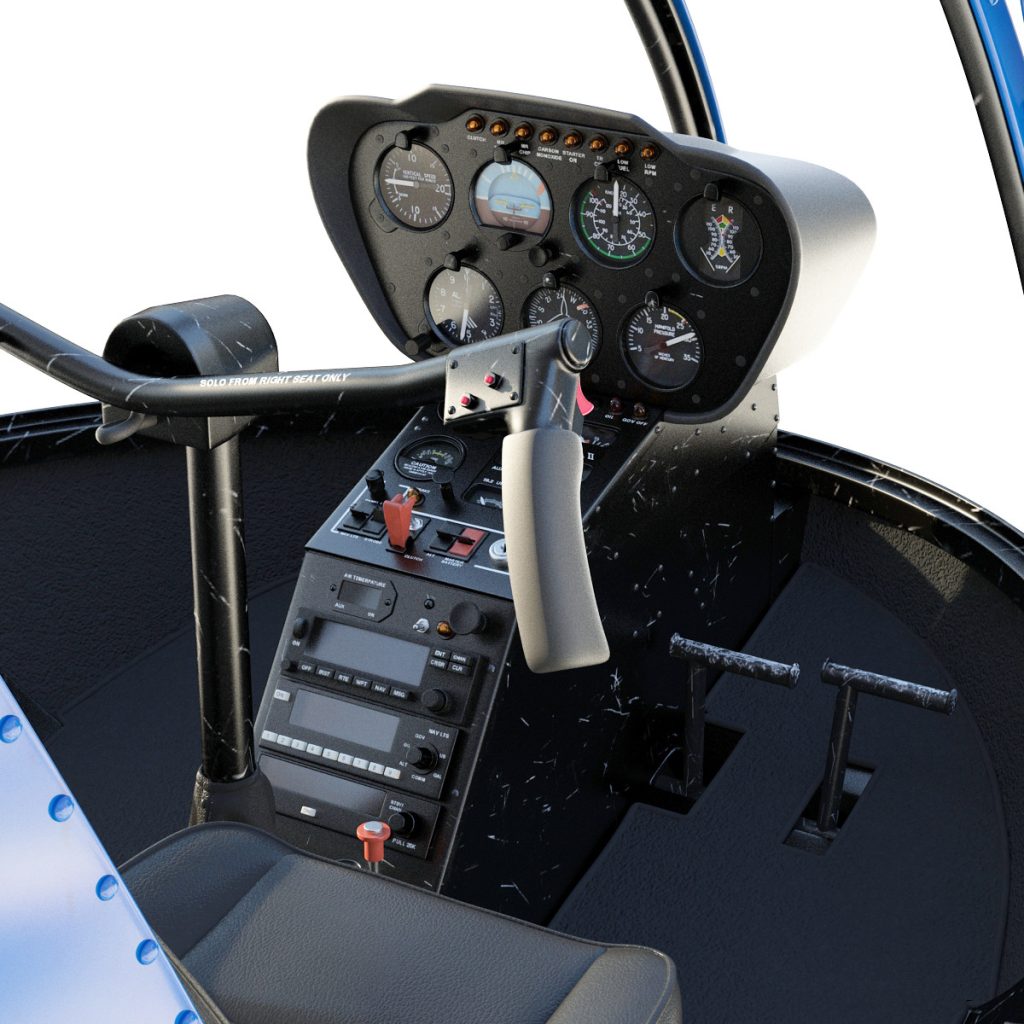In recent years, technological advancements have significantly transformed aviation training methodologies, introducing innovative tools that enhance pilot education and operational readiness. Among these innovations, drones have emerged as a valuable resource for helicopter training programs. Their versatility, accessibility, and realistic simulation capabilities provide a new dimension to developing pilot skills. This article explores how integrating drone experiences into helicopter training can improve safety, efficiency, and decision-making, while also offering cost-effective solutions for the aviation industry.
The Growing Role of Drones in Modern Helicopter Training Programs
Drones are increasingly becoming integral components of modern helicopter training programs due to their ability to simulate real-world scenarios with high fidelity. Their small size, maneuverability, and programmable features allow trainees to practice complex maneuvers, emergency responses, and navigation tasks in controlled environments. Additionally, drones can be used to create diverse training scenarios that might be difficult or unsafe to replicate with actual helicopters, such as low-altitude obstacle avoidance or adverse weather conditions. As a result, training institutions are incorporating drone-based modules to supplement traditional flight hours, providing a more comprehensive and adaptable learning experience for aspiring helicopter pilots.
Integrating Drone Simulations to Improve Pilot Skills and Decision-Making
The integration of drone simulations into helicopter training enhances pilots’ technical skills and decision-making capabilities. Advanced drone simulation platforms can mimic various flight conditions, system failures, and environmental challenges, allowing trainees to practice critical thinking and quick decision-making without risking safety. These simulations enable pilots to familiarize themselves with complex procedures, improve spatial awareness, and refine their responses to unpredictable situations. Moreover, real-time feedback from drone-based training sessions helps identify areas for improvement, fostering a more effective learning process. This approach not only accelerates skill acquisition but also builds confidence in handling real helicopter operations.
Benefits of Using Drones for Cost-Effective and Safe Flight Practice
Utilizing drones in helicopter training offers significant cost advantages by reducing the need for expensive helicopter flight hours, which involve high fuel, maintenance, and staffing costs. Drones provide an economical alternative for repetitive practice and scenario testing, making it easier for training providers to offer extensive instruction without escalating expenses. Additionally, drone-based training minimizes safety risks associated with initial flight practice, especially in hazardous conditions or complex maneuvers. This safety margin allows trainees to learn and make mistakes in a controlled environment, ultimately leading to safer pilot performance and reducing the likelihood of accidents during actual helicopter flights.
Future Perspectives: Advancing Helicopter Training with Drone Technologies
Looking ahead, the integration of emerging drone technologies promises to further revolutionize helicopter training. Developments in artificial intelligence, machine learning, and autonomous flight capabilities will enable more sophisticated simulations and adaptive training modules tailored to individual pilot needs. Virtual and augmented reality interfaces combined with drone platforms could create immersive training environments that closely replicate real-world scenarios. As drone hardware becomes more advanced and affordable, their role in pilot education is expected to expand, fostering a new era of safer, more efficient, and highly adaptable helicopter training programs that keep pace with technological progress in aviation.
The incorporation of drone experiences into helicopter training signifies a significant step forward in aviation education. By enhancing practical skills, decision-making, and safety while reducing costs, drones are poised to become indispensable tools for future pilot development. As technology continues to evolve, the synergy between drones and traditional training methods will likely lead to more resilient, competent, and confident helicopter pilots, ensuring safer skies for everyone.


